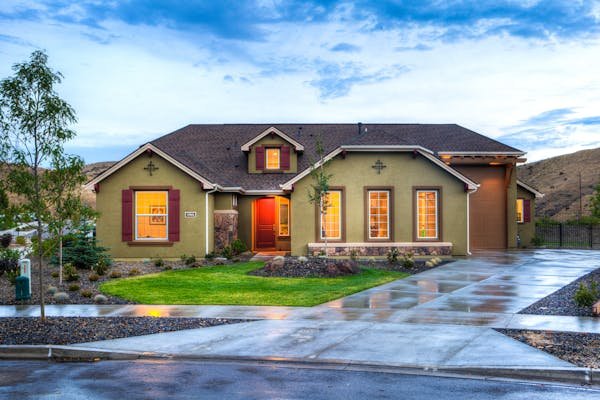Table of Contents
Roof Maintenance: Ensuring Durability
A home’s rooftop acts as a defensive shield, so regular maintenance is pivotal in safeguarding it against deterioration and damage. Experts recommend conducting a thorough inspection at least twice yearly to ensure longevity and performance. Homeowners should look for signs of wear, such as cracked or missing shingles and damage to flashing around chimneys and vents. Importantly, preventive measures—like removing overhanging tree branches that could fall and cause damage or ensuring proper attic ventilation to prevent ice dam formation—also play a crucial role in maintaining a roof’s condition.
Trends Transforming Residential Roofing
Home aesthetics and robustness are not mutually exclusive regarding modern roofing trends. Architectural styles have seen significant changes, with many homeowners opting for commercial roofing near me to explore eco-friendly and contemporary options that offer enhanced protection against the elements and a sleek appearance. Today’s market is rife with innovations such as energy-efficient shingles and living roofs, which integrate plant life to improve insulating properties and air quality. Furthermore, the adoption of innovative technology in roofing systems is taking shape, with features such as integrated solar panels and automated leak detection systems paving the way for smart homes.
Sustainable Roofing Solutions
Integrating sustainability into residential roofing is more than a trend; it’s a commitment to future generations. Environmentally responsible materials such as recycled shingles, clay tiles, and metal roofing offer durability, recyclability, and energy efficiency. These materials support a more sustainable building practice, minimizing environmental impact. Moreover, several sustainable options have added benefits, like increased fire resistance and the ability to withstand extreme weather conditions, providing functional advantages beyond their green credentials.
Roofing and Home Energy Efficiency
Heating and cooling accounts a substantial portion of household’s energy consumption. In this context, a well-constructed roof with appropriate materials can dramatically reduce the need for climatic control within the home. Materials classified as ‘cool roofing’ options are especially effective. They can decrease the “heat island” effect in urban areas and contribute to a more comfortable living environment without the heavy reliance on air conditioning units. These materials, including lighter-colored shingles or reflective metal roofs, demonstrate how a careful choice in roofing can decrease a home’s carbon footprint.
Choosing the Right Materials for Your Roof
The roofing materials market is diverse, each offering unique benefits to homeowners. Traditional asphalt shingles are favored for their cost-effectiveness and versatility, while metal roofing is celebrated for its durability and sustainability features. Natural materials like slate or wood offer timeless beauty and can significantly enhance a home’s curb appeal. Then there are innovative products like solar tiles, which seamlessly integrate renewable energy capture into the roofing structure, albeit at a higher initial expenditure. When selecting material, consider factors such as local weather patterns, the desired lifespan of the roof, and energy efficiency goals.
Cost-Benefit Analysis for Roofing Projects
The financial aspect of roofing projects must be considered, as roof renovations can represent a significant investment. However, it’s vital to recognize that high-quality roofing materials and professional installation can lead to substantial cost savings over time through reduced maintenance needs and energy savings. Sustainable materials may come with higher upfront costs but often lead to lower utility bills and may attract rebates or tax incentives. Additionally, a sturdy and visually appealing roof can make a substantial difference in the market value of a home, potentially yielding high returns for any future sale.
Practical Advice for Homeowners
Given the complexity and variety of roofing options, homeowners often benefit from professional advice. Climate plays a decisive role in selecting appropriate roofing materials; homeowners in areas prone to hurricanes, for instance, may require impact-resistant shingles, whereas those in snowy regions might need a roof capable of supporting heavy snow loads. Warranties manufacturers can provide insights into roofing materials’ anticipated lifespan and durability, helping homeowners make informed decisions.
Apart from that, if you are interested to know about Residential Roofing Services then visit our Home Improvement category.
















